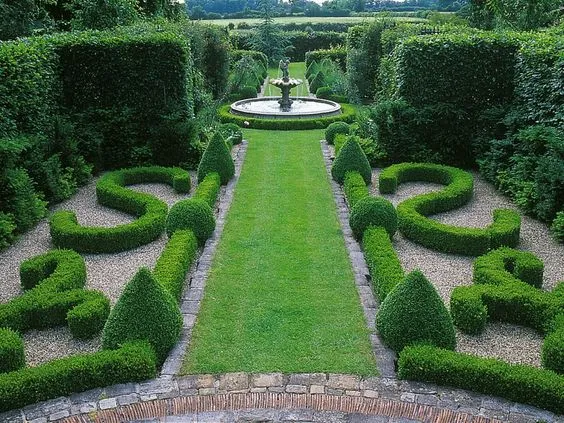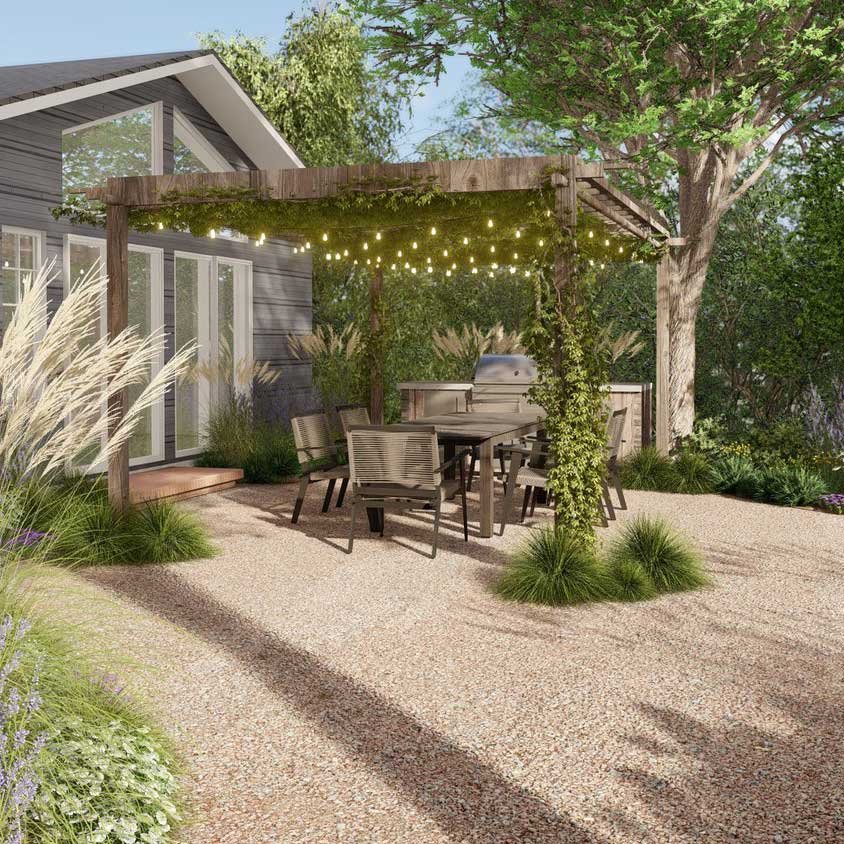What Does Landscapers Do?
What Does Landscapers Do?
Blog Article
Landscapers Can Be Fun For Anyone
Table of ContentsThe smart Trick of Landscapers That Nobody is Talking AboutThe 20-Second Trick For LandscapersThe Ultimate Guide To LandscapersLandscapers Things To Know Before You Get ThisGet This Report on Landscapers
- A tree or shrub (hedge) that sheds its fallen leaves in winter season. In the PNW there are semi-deciduous or semi-evergreen plants that might shed their leaves depending on exactly how chilly the winter season is. Abelia and some hebe are examples. Landscapers. - A flat event space, made of wood or composite product (made to resemble timber), commonly adjacent or affixed to a framework.

- Granite that is weathered to the factor that it is a very fine accumulation. This is an all-natural process, and the result can be utilized for courses and patio areas. Decomposed granite is typically described as DG. It is specifically helpful in contemporary landscapes. - Trick landscape attributes being proposed in a landscape style strategy.
Landscapers for Dummies
These objectives direct the design process, not the developer's design or preferences. Typical design purposes in Rose city are low upkeep, dry spell forgiving, and pet pleasant. - Refine for eliminating or thinning the dead lower degree of a fully grown lawn. Thatch is turf that has actually died and gathered below the eco-friendly blades.
Over time this layer can get really thick and make it challenging for water, sunlight, and nutrients to get to sections of the grass.- The procedure of gathering and controlling the circulation of water on a property. This can be performed with grading, French drains, completely dry wells, permeable surface areas, sump pump, rain yards, and much more.
- A slow feeding watering system that utilizes versatile tubing and emitters to send a precise amount of water to each plant. - The capacity of a plant to make it through without much summer season water.
- A yard feature where water is represented by an accumulated rock product, usually a crushed rock or granite. These are most generally discovered in modern-day and Japanese garden layout.- A stone or natural flagstone patio, course, or sidewalk built without a concrete base. The base would certainly be compressed gravel and the joints would be an accumulation or walkable ground cover.
Getting The Landscapers To Work
- A rock keeping or free standing wall surface developed without making use of mortar. A very knowledgeable mason is needed for a dry stack rock wall. Most wall surfaces in Portland are moist stacked, also if they appear to be. - A below ground structure that gather water and allows it to slow down percolate into the soil around it.
Landscape layout that is compatible with a websites' environment in both look and sustainability without negative effects to the setting. Interrupting the landscape is a line of separation that creates aesthetic interest in the garden by dividing one section from an additional section. This can be visual or functional, maintaining one element (such as pea crushed rock) from getting combined into another (like bark dirt).
Locations can you can look here also have a sensation of "room" offered by trees, other plantings, fences, or displays. The landscape near the entry to a structure. A tree, bush or vine, trained to expand on a wall surface or fencing right into a specific pattern. Particularly valuable for fruit trees, making it simple to gather the fruit and having mess.
A plant that is foreign to the area where it will certainly be grown. Not all "exotics" are intrusive or unsafe, and many can be well acted or dry spell forgiving (Landscapers). A mass growing of brushes. Thicker bladed turf lawn that spread through rhizomes.: The level of dirt on your home before bark dust or compost is spread.
Landscapers Fundamentals Explained

The objective, reason, or activity that a location is be landscaped for. Space for growing plants for checking out, consuming, or physical task.
Rock product, either rounded or fractured, that is fairly little- generally 1" or much less. Low plants that are allowed or motivated to top a location. Can describe any kind of "hard" garden elements including statuary or stones however the majority of commonly is used to refer to paths, outdoor patios, and walls.: Elevation distinction in between the degree of water in a fish pond (or the degree of the pump if it rests outside the fish pond) and visit homepage the top electrical outlet of water which influences efficiency of the water pump in gph (gallons per hour). Dense shrubs Discover More or trees that form a fence, screen, or limit.

How Landscapers can Save You Time, Stress, and Money.
Traditional PNW landscapes are informal. A plant that spreads out more than preferred, or right into habitats where it does damage.
Can include head placements and insurance coverage, pipe sizing, GPM specifications, and materials needed to install this system. Certified professional who makes landscapes, schooled in engineering and design as well as in gardening.
The specialist who prepares and establishes landscape tasks, usually at a property or tiny commercial level with the significant design catalyst on plantings. Landscape designers typically have much less schooling than Landscape Architects and are not licensed. A finished landscape style, describing all aspects for the brand-new landscape. This generally takes the form of an illustration theoretically.
A water limited HDPE product used below ponds, streams and waterfalls in water functions. Making use of lots of plantings of the exact same variety to load in a location in the landscape.
Report this page